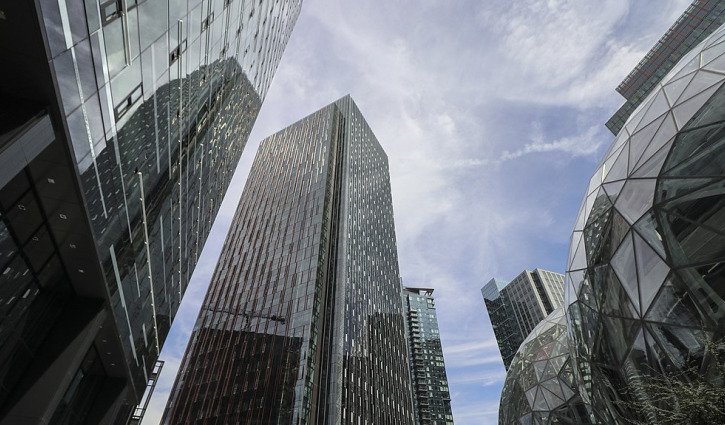According to the latest data from the Property Council of Australia, Brisbane’s CBD could potentially run out of office spaces, with a current vacancy well below the national average at 10.2%.
According to the Property Council of Australia’s July 2024 edition of the Office Market Report, the overall office vacancy rate across Australia fell from 14.8% to 14.6% over the six months to July.
Brisbane is said to be facing a critical shortage of new office spaces in the medium to long term as the council warns it is imperative to address the impending supply shortage now.
Queensland Executive Director of the Property Council Jess Caire said vacancy in south-eastern Queensland's office market has been below average for many years.
This is expected to go unchanged for the foreseeable future due to limited future supply according to the data.
High tenant demand and lack of supply due to the costly and complex process of delivering new office buildings is likely to contribute to the unchanged situation, said Claire.
It currently takes a minimum of 4 years to build a 50,000 square metre building, meaning that future planning and stimulating new office space projects will play a major role in improving the situation.
“Given the projects coming out of the ground right now have been planned for almost a decade, if new office buildings are not already in the planning process it will be difficult for them to be delivered in time to service demand associated with hosting the 2032 Olympic and Paralympic Games.”
Claire added “A targeted investment attraction package that includes reviewing our planning settings and an overhaul of our prohibitive tax settings to kickstart private development,” will be essential.
However, Jennelle Wilson, Partner from Knight Frank said increased CBD office vacancy was not reflective of the recent "buoyant" momentum in Brisbane’s office market.
She explained that private sector tenant conservatism emerged in mid-2024 which contributed to leasing renewals due to the perceived lack of suitable options in the future.
“As a result, landlords have benefitted greatly from rental reversions with gross effective prime market rents up by 14% in the past year, and 25% over the past two years,” said Wilson.
Related content


